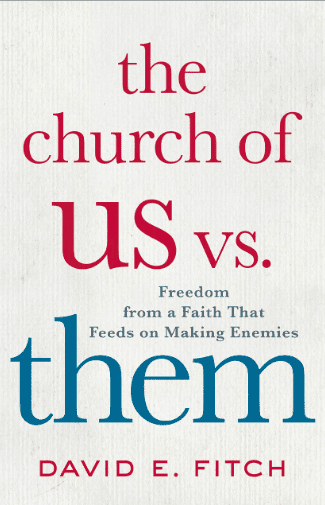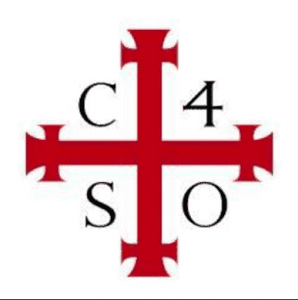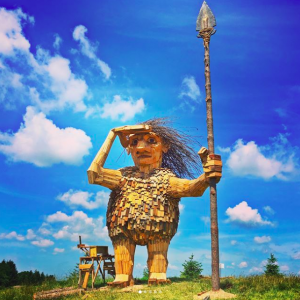Robert Putnam and David Campbell, in their new book, American Grace: How Religion Divides and Unites Us, examine American religion — but their concern is what has happened in the last 50 years or so. Fascinating study.
Here’s a major thesis of this book; they see the last 50 years of American religion in three movements:
 The Shock was the 60s, and its major characteristics were sexual liberation (the big one in this study), drugs, rock ‘n’ roll, and the “God is dead” slogan. The major shifts occurred between 1969 and 1973, which they call the Long Sixties. It was the era when, in the stunningly insightful words of Joan Didion, “we had somehow neglected to tell these children the rules of the game we happened to be playing.” Young adults church attendance, one of the rules that was propping up both faith and culture, declined dramatically.
The Shock was the 60s, and its major characteristics were sexual liberation (the big one in this study), drugs, rock ‘n’ roll, and the “God is dead” slogan. The major shifts occurred between 1969 and 1973, which they call the Long Sixties. It was the era when, in the stunningly insightful words of Joan Didion, “we had somehow neglected to tell these children the rules of the game we happened to be playing.” Young adults church attendance, one of the rules that was propping up both faith and culture, declined dramatically.
This led to the First Aftershock. The first aftershock to the sexual liberation movement entailed a substantial rise of religious conservatism as reaction formation. Student radicalism also meant conservative evangelical religion. While other Christian churches were on the decline (Mainline, Black Prot, Anglo Catholic), evangelicals were onward and upward. But the evangelical boom that began in the 70s was over early in the 90s.
Do you see American evangelicalism’s boom emerging as a reaction to the 60s? What do you think of the connections Putnam and Caldwell make to politics here? If the authors are right on the second aftershock, do you see another conservative, reactive evangelical boom?
Why the rise in this first aftershock? It wasn’t a theological shift in the nation. Demographics, made popular by Michael Hout, tells us some of the story but not enough. And the administrative skills and flexibility of evangelicalism were involved but they, too, are not enough. Evangelicalism grew because of its stronger moral voice. The Sixties alienated people morally, or threatened them morally, and evangelicalism offered conservative ethics in general.
Putnam and Caldwell see the major alternative evangelicalism offered to be in its conservative sexual ethic. The distinctive numbers are not with abortion but with attitudes toward premarital sex. The correlation is too high between evangelical growth and conservative sexual ethics to be ignored. It’s not a cause and effect thing, but it’s connected.
 That rise ended by the early 1990s, and their intent is to explore why that happened.
That rise ended by the early 1990s, and their intent is to explore why that happened.
The Second Aftershock. The 1990s were just as shocking in shifts in religion as the 60s, and the emerging leaders 15 years ago were clearly onto something. Anyone who says they weren’t is missing a key piece of the puzzle. The major Second Aftershock is the “rise of the nones.” That is, “nones” are those who say they are not associated with a church or faith. The numbers of those who say “none” when it comes to religion go like this: from 95-97% of Americans in the 50s to 93% in the long Sixties to — here’s the number — 75% in the mid90s.
The Richter rating of the Second Aftershock is greater than the Shock of the 60s.
Why? This is their concern: their answer? The overt and relentless politicization of the church among conservative evangelicals. [If this is true, we can guess the same will occur with the progressives in our current milieu. Why? Politics cannot replace faith; it doesn’t get the job done.]
What’s happening? Again, they trace a strong correlation with two moral views: homosexuality and marijuana. The increase of liberal views on both homosexuality and marijuana correlates with being a “none.” Liberal views, more especially now with sex and homosexuality, is leading to a disaffection with churches. As conservative leaders spiked in their opposition to homosexuality, the none group began to increase.
When religion got connected to the Religious Right, young adults increasingly abandoned the church. Perhaps American conservatives have lost the culture war because they fought to hard.










